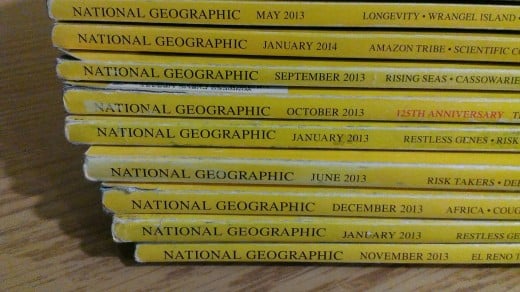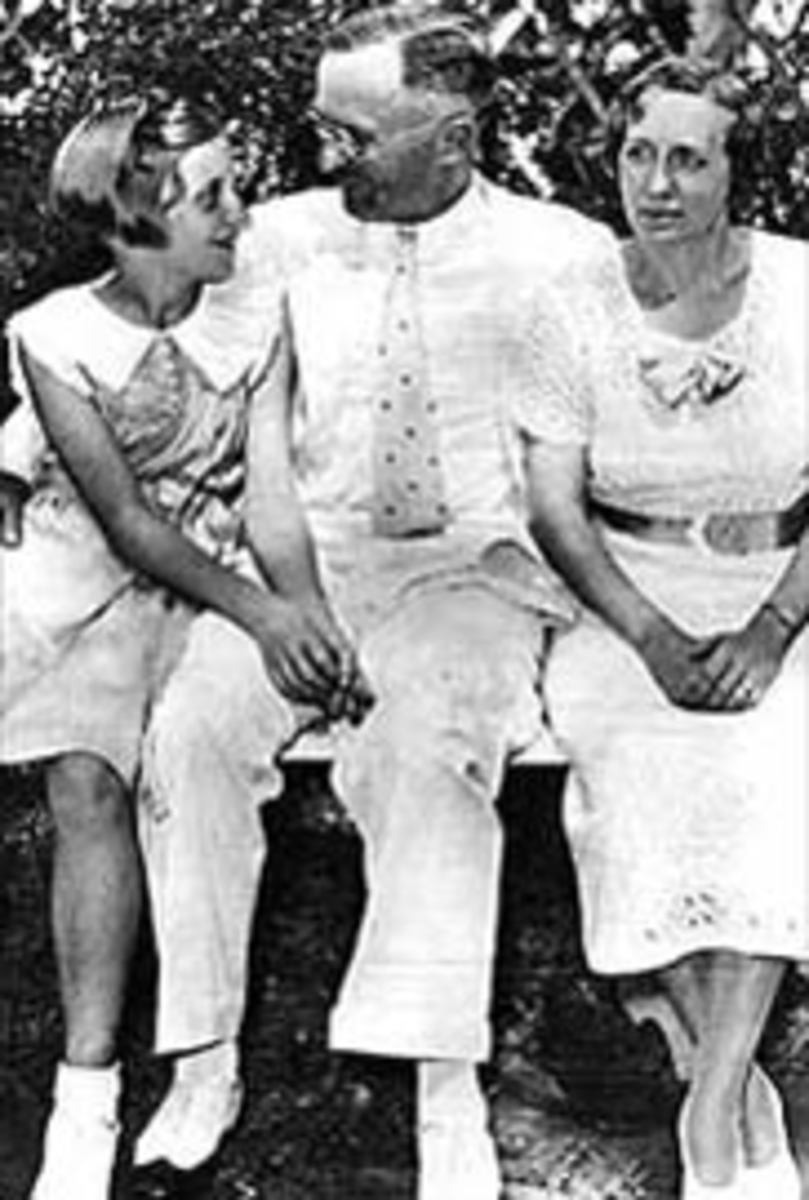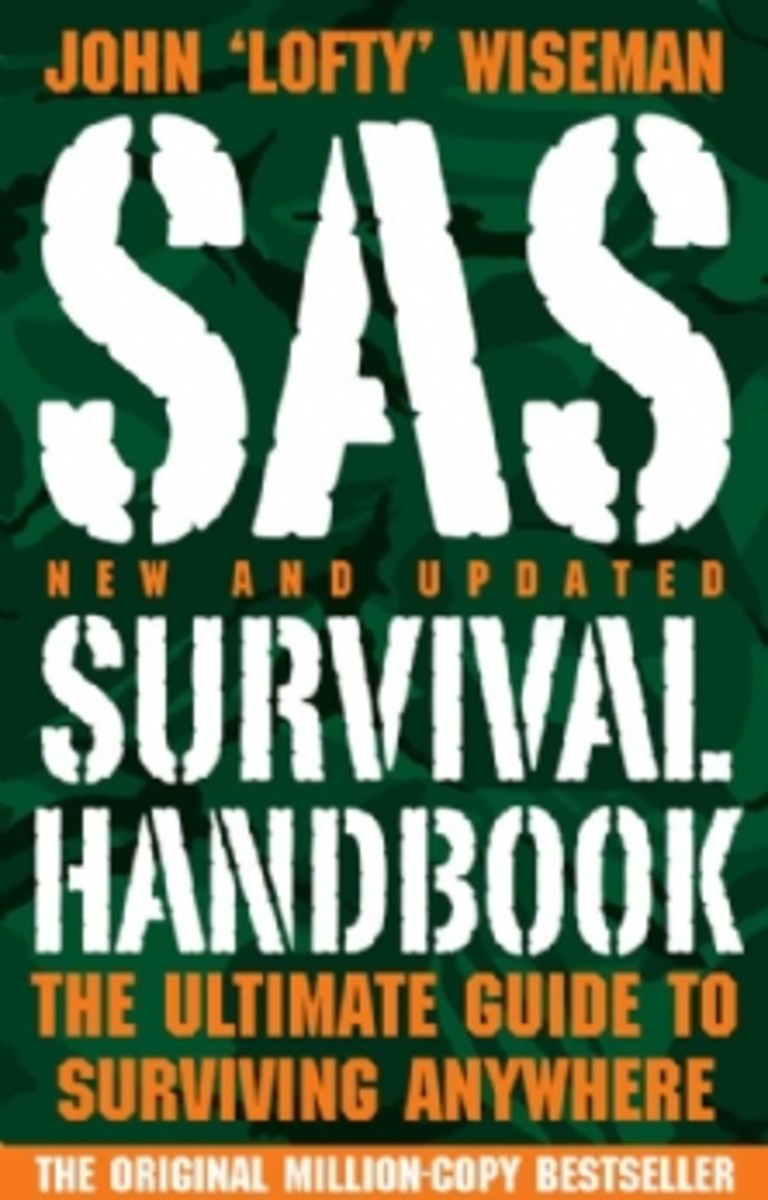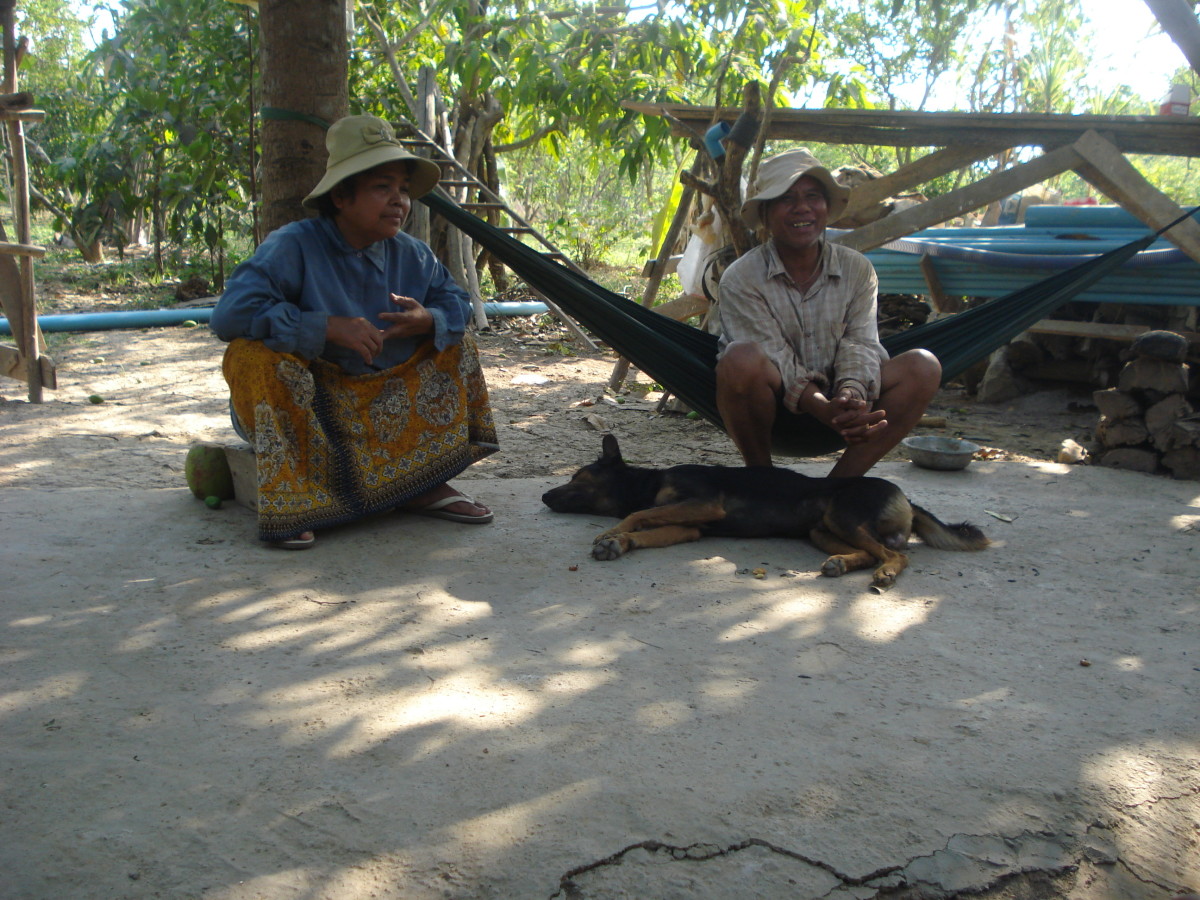National Geographic Survival of the Fittest

The National Geographic is no longer exclusively synonymous with amazing photographs of polar bears, mountains in the Equator wearing caps full of ice, golden bales of hay that stretch forever, men wearing rings in their noses or bamboo earrings the size of a coaster. The following video is about the Siberian tiger.
https://www.youtube.com/watch?v=fvIVQFw_444
In the year 2014, such images are brought straight to your phone every time you have a Twitter alert. Content is king, somebody said somewhere.

Before cell phone photography, the magazine called National Geographic meant different things to different people.
-
Dreamers: It allowed people to dream, to see themselves walking up the steps of China’s Great Wall, standing outside Buckingham Palace with the hope of catching a glimpse of the Queen, strawberry picking somewhere in Canada or surfing on the awesome waves of Honolulu.
-
Wannabe photographers: Some readers envied National Geographic photographers. They thought they led interesting lives and wanted to be like them. Some readers realised that dream and became photographers, paid or unpaid.
-
Political critics: Hated early copies of the magazine for showing African or Asian kids barefoot or with no clothes at all, thus perpetuating the myth that if kids don’t go to McDonalds, have dogs and 50 teddy bears, they are poor and need handouts from Europe.
Magazine Embraced Technology
National Geographic kept its cool and accepted the fact that anybody with a mobile phone is a potential nature or travel photographer.
We do not have to wait a month or two, for the magazine to reach the corner newsstand or the postman to deliver our subscriptions.
It is all instant. Somebody takes a picture of a mighty waterfall in Uruguay and sends it via Google +, You Pic or Twitter, before you can say National Geographic Traveler.
The magazine is a survivor though. It realised that the internet is not going anywhere, so it decided that if you cannot beat them, join them.
You cannot miss the various publications of the yellow magazine, because it embraces all online tricks to keep it in the public eye, or should we say to keep in the public’s fingertips.
That is how families and people separated by oceans speak now, through their fingertips.
Nature Photography
It is hard to believe but the first issue in 1888, which cost 50 cents, did not have any photographs. It had maps, geological surveys and topographic models, things that caused me a lot of grief in high school Geography lessons.
The National Geographic Magazine – as it was called - was more of an academic journal, with articles in very high English, long sentences which looked like paragraphs and it was bound like a book.
I could not believe it when the library assistant at the Winnipeg Millennium Library brought it to me.
For example, the article Africa: Its Past and Future, published in 1889 – No. 2 was 25 pages long. There were no photographs. But then, photography was also in its infancy.
When I think of early photography, I see a man hiding under a black cloth, one hand poised with a big flash light, ready for action.
Photography became the magazine’s signature but it might have been by default. Photography improved, cameras became affordable and film stock could travel without being damaged.
Fuji, AGFA, Kodak and other manufacturers packaged the film in such a way that it could not be damaged by scanning devices at airports.
The magazine embraced the developments and their readers loved it. Up to today, some people refuse to take out their old copies to the curb, for garage sales.
It has been immortalized in films such as Aaja Nachle, where Madhuri Dixit’s character runs away with a National Geographic photographer.
Youth Photographers
People who access the magazine online are people who know the hard cover version, but there are millions of young people who grew up in the mobile phone culture.
They have not caressed the cover, flipped through to see full page photographs before finally soaking in every article just before bed.
They are the touch generation: touch screen Android phones: touch screen laptops, microwave ovens: the whole works.
They just touch their iPads, tablets or phones if they want to see a leopard draped over a branch, deciding on its next hit.
Competitions
The magazine is aware that the youth is the future, future consumers that is. That is why it sponsors various competitions for young people and even has a kids’ magazine.
It will be interesting to look at the images young people capture when they travel the world. Older photographers sometimes produced photos which showed that they were mostly European and male resulting in readers interpreting them as ‘poor kids with no shoes in Africa’.
These images created problems for African students like Barack Obama's father in Europe and North America who had to respond to questions like, ‘Do you live in a tree?’ or ‘Did you buy these clothes when you arrived in the States?’
'The way the lens captures images, close-up of a child’s bones or cracked feet, determines how it will be interpreted.’ Nonqaba waka Msimang.
Will young photographers think it is funny to see a woman working in the fields topless or will they understand the cultural and climatic conditions she lives under?
Africa and National Geographic
The main magazine cannot have enough of Africa. The magazine’s contribution to stereotypes about Africa is ironic because its 1899 article was quite complimentary.
It mentioned the fallacy about Greek civilization and points out that it was actually Egyptian civilisation.
Stolen Legacy, written by Professor George G.M. James argues very convincingly why the Greeks could not have produced what is now regarded as Greek mythology. When in doubt, look at the pyramids. They are still there.
That 1899 article also stresses Africa’s size and complexity. It explains why white explorers died and why their mission was never 'civilisation.' The article was even brave enough to predict the continent’s future after Europeans leave.
Future
There is no turning back for newspapers and magazines. The internet has put tombstones over many magazines. National Geographic has survived because it is a good driver who is able to change gears depending on road conditions.
The magazine's future lies in its ability to shed its racist past and let photographers in all countries tell their stories, be it African, Asian, north American or south American. The man behind the lens must speak the languages of the people he is capturing in his digital camera.
Failure to do this will render magazines such as National Geographic extinct because owners of the culture now have their own blogs, Facebook and Twitter to tell their own stories.









